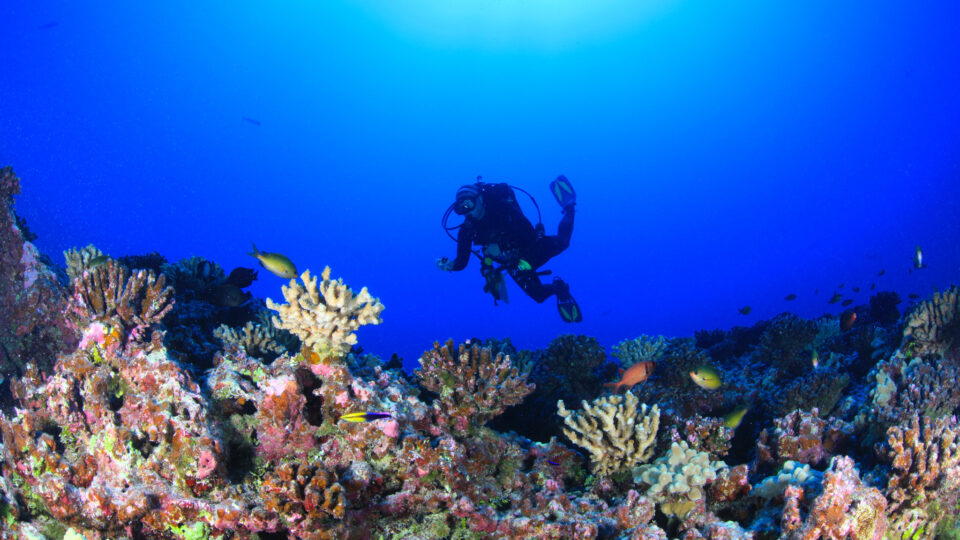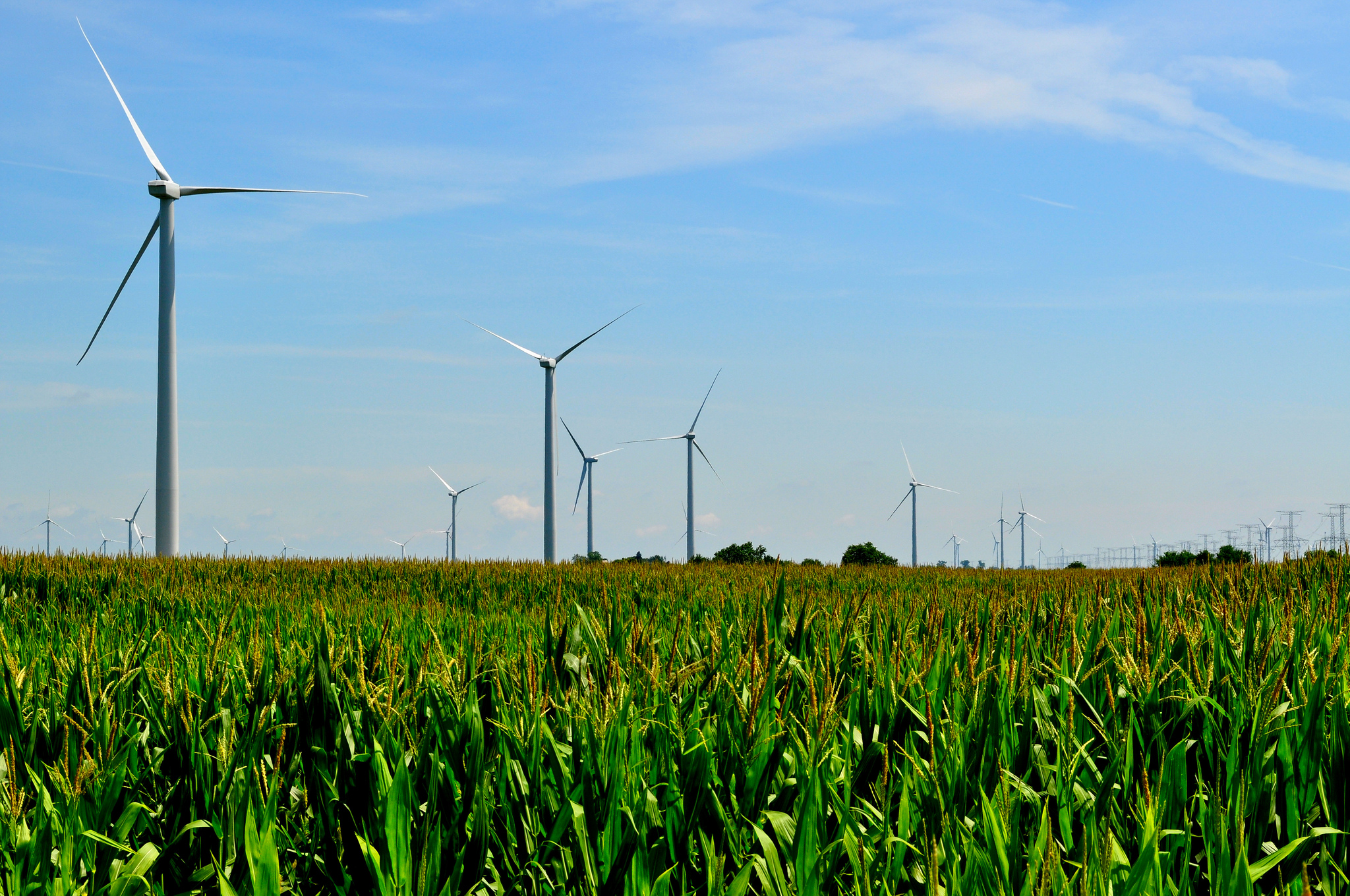Renewable power – which includes wind farms, solar farms, and hydroelectric dams – constitutes over 21% of the country’s utility-scale electricity generation, behind only natural gas power plants at 43%. Nuclear power provides nearly 19% of our electricity and coal, which is gradually diminishing, is at 16%.
Both solar and wind power capacity have been growing rapidly in recent years and will be providing an increasing percentage of our electricity. That being said, it turns out that utility-scale renewable electricity generation actually decreased slightly in 2023 as a result of weather-related issues.
Utility-scale renewables generated about 894,000 gigawatt hours of energy last year, which was 0.8% less than the record amount generated in 2022.
The reasons? The biggest factor was slower wind speeds in the Midwest during the warmer weather months. In 2023, there were fewer warm fronts and cold fronts passing through the region. The passage of fronts is often associated with wind and precipitation.
The other factor affecting renewable generation was a 5.9% drop in hydropower in 2023. The main reason for the decrease was a drop in water levels at many hydroelectric dams in areas experiencing drought.
Experts explain that there is no reason to overreact to a one-year blip in renewables generation. All three major sources of power – sun, wind, and hydroelectric – are tied to natural forces and all of them fluctuate over time. Putting aside minor variations year-over-year, renewable electricity is on pace to more than double by the end of this decade.
**********
Web Links
Photo, posted July 5, 2014, courtesy of Patrick Finnegan via Flickr.
Earth Wise is a production of WAMC Northeast Public Radio





